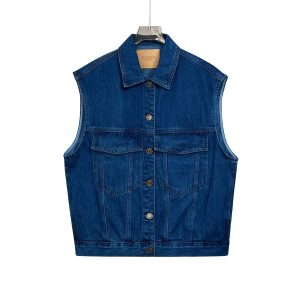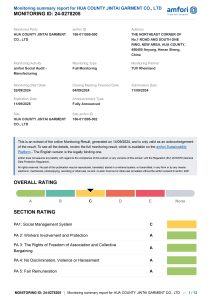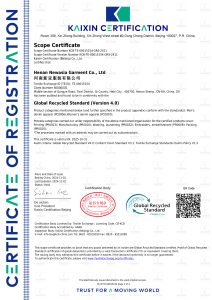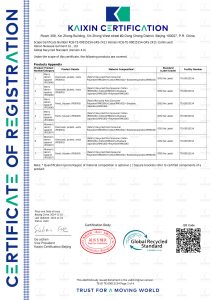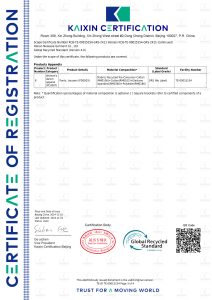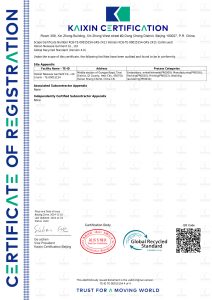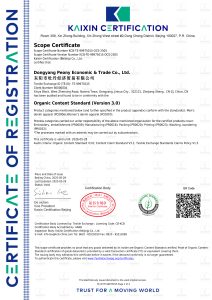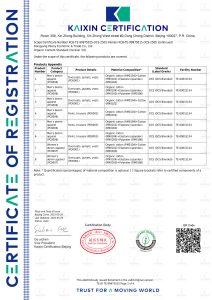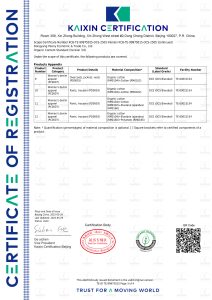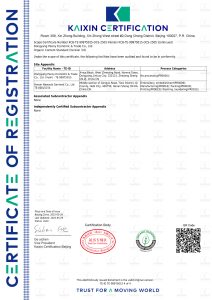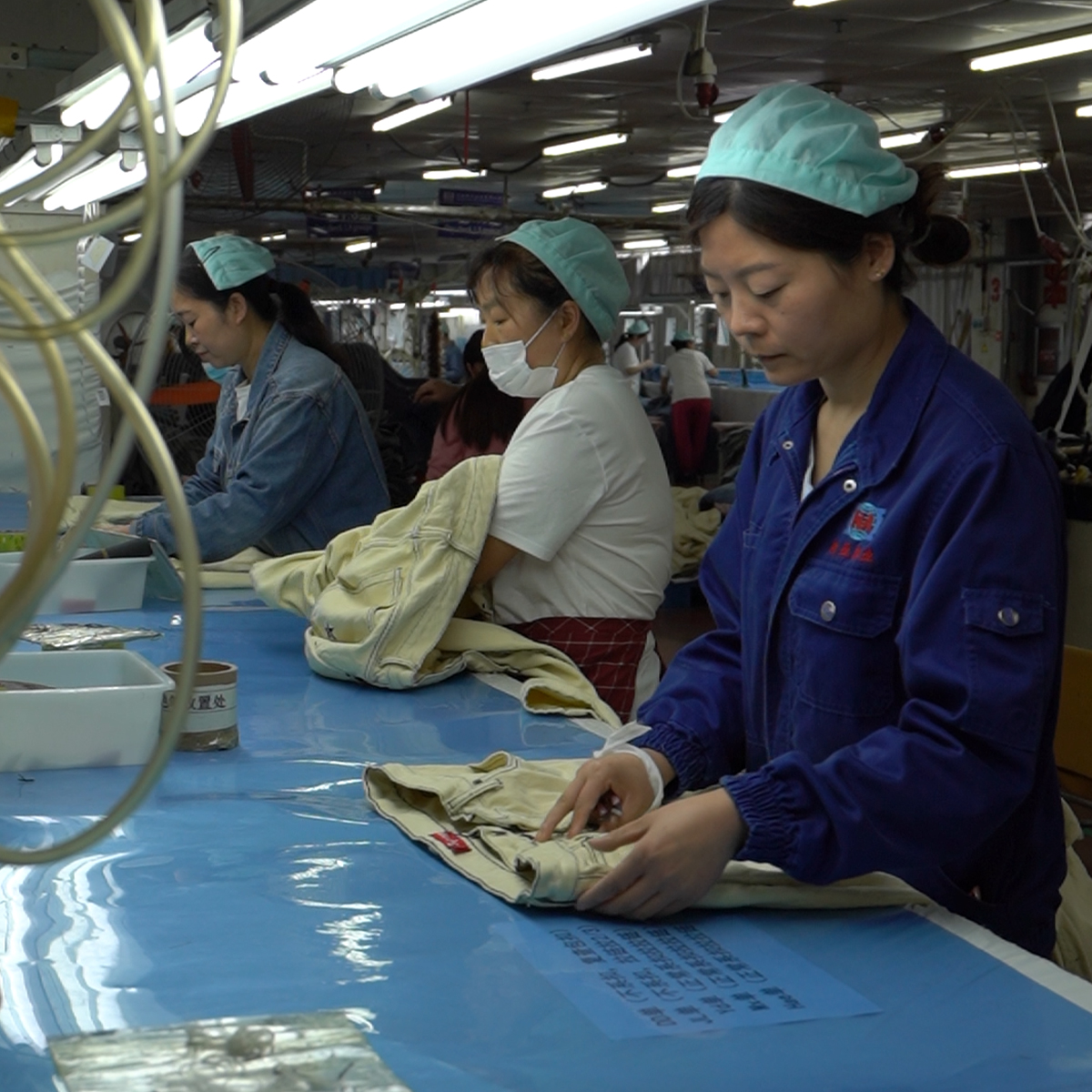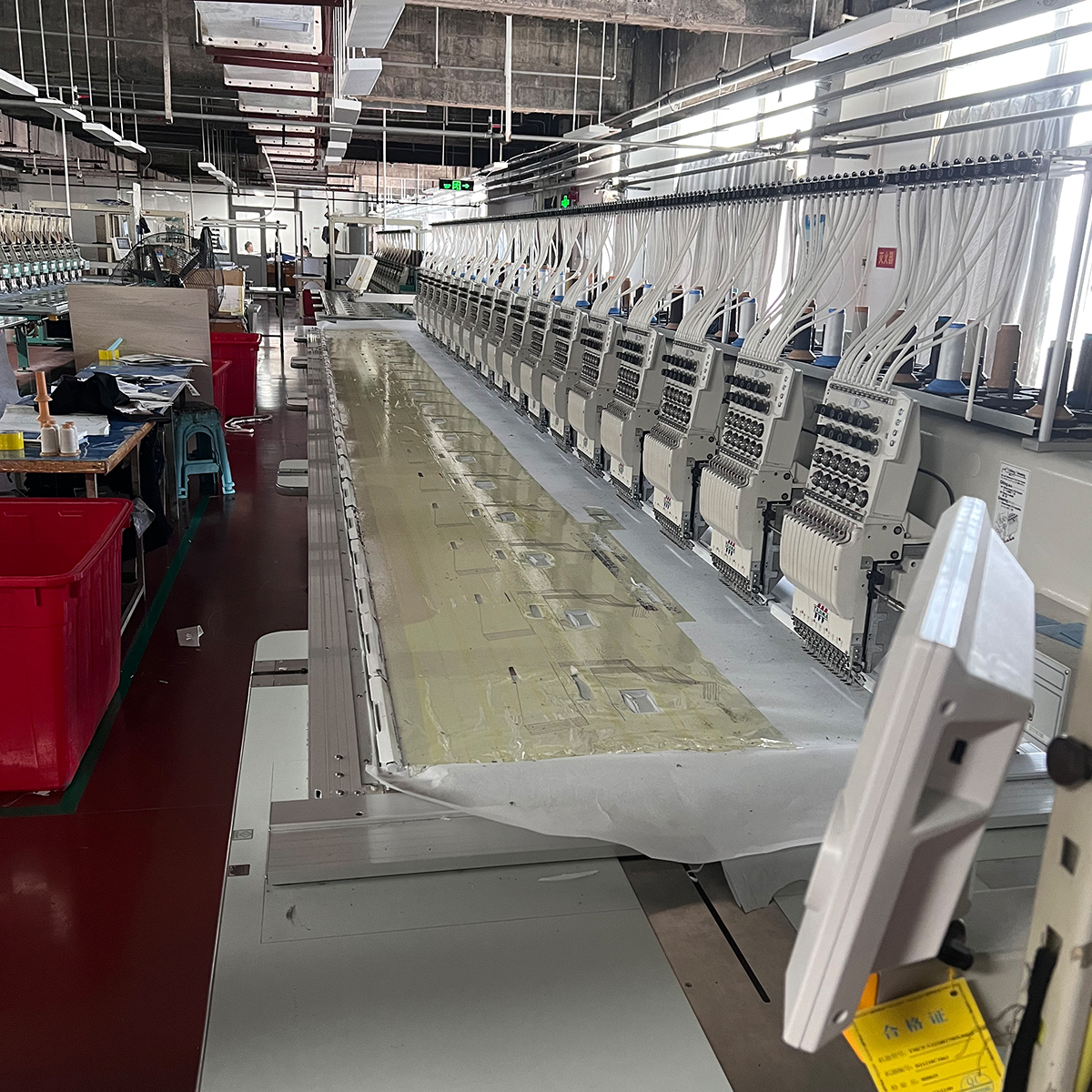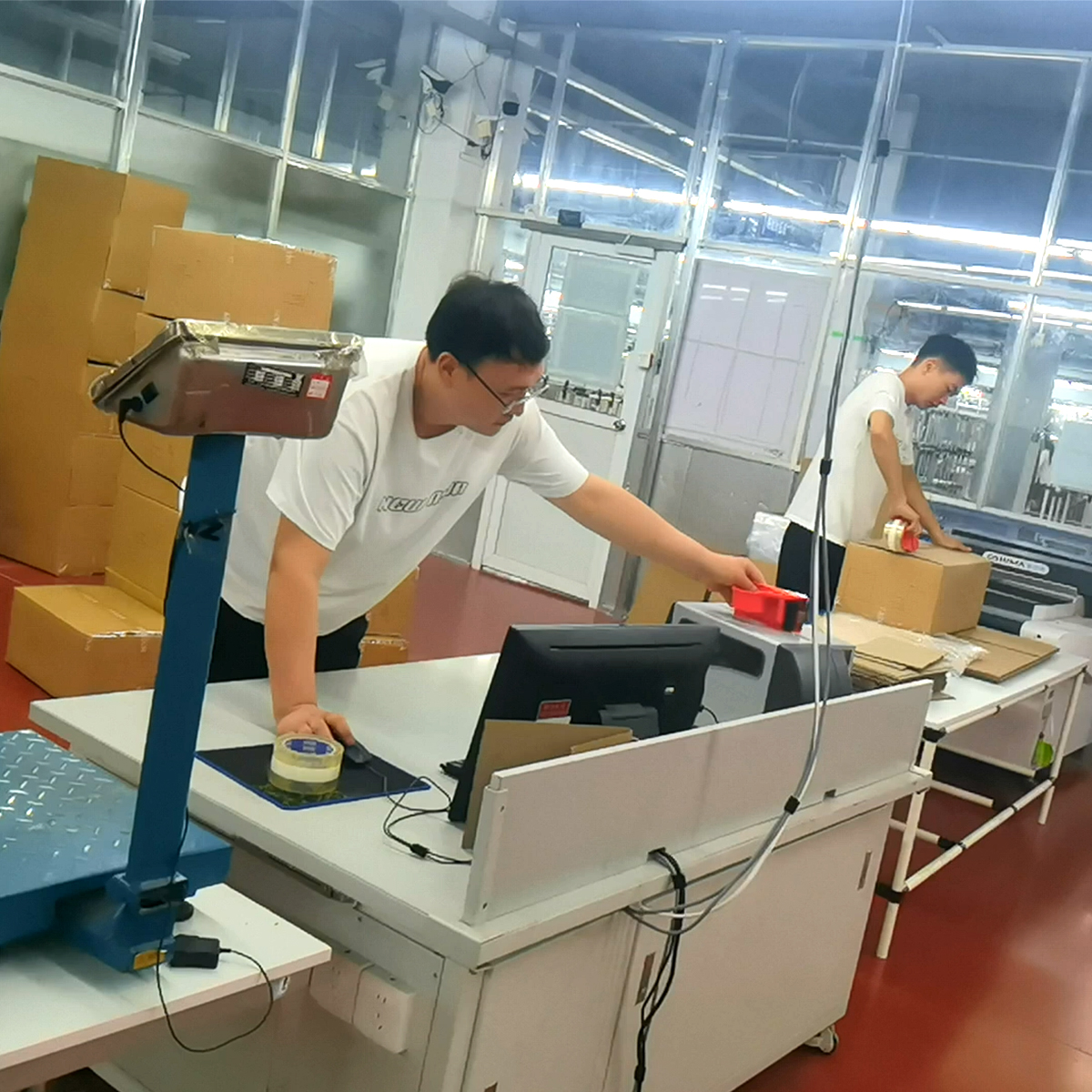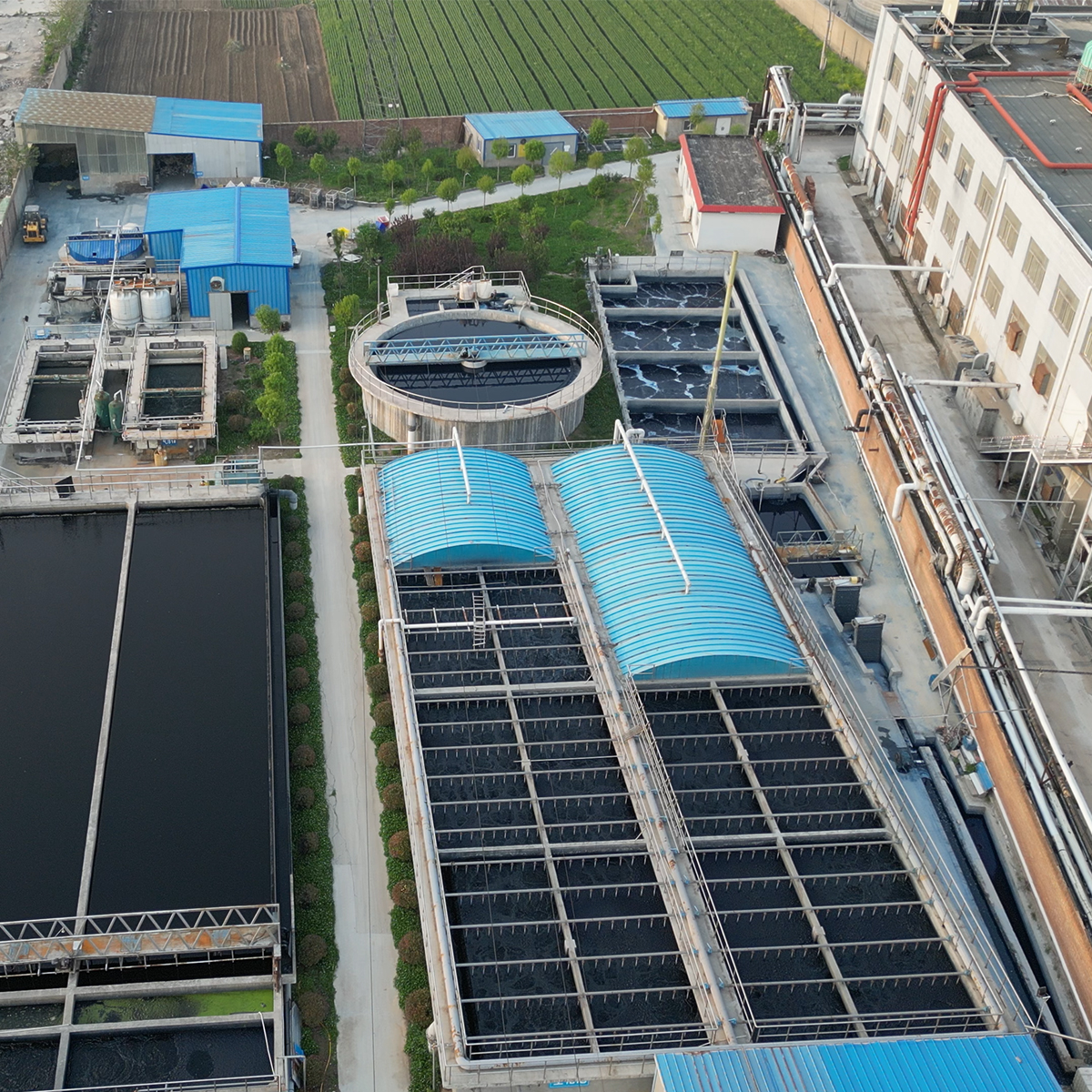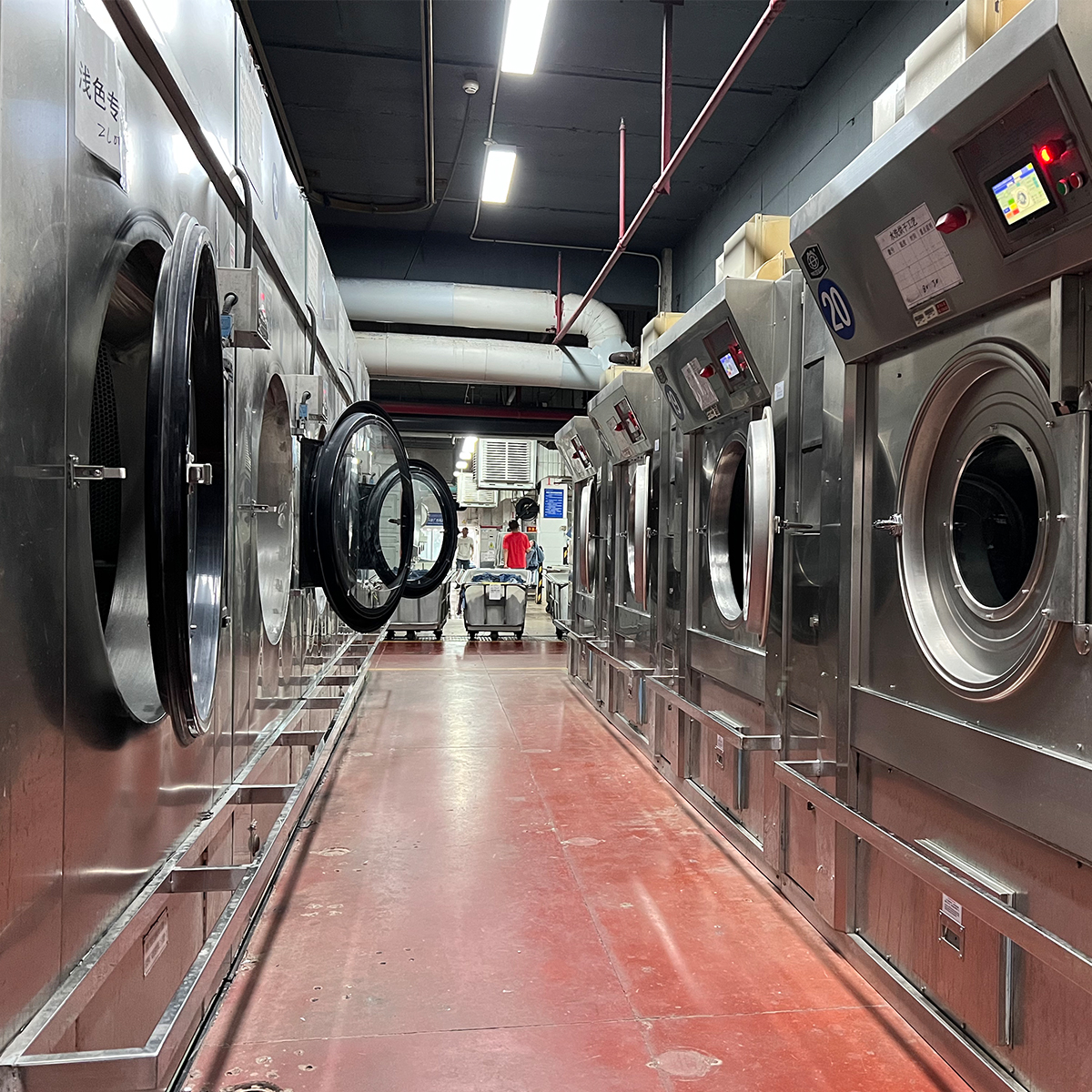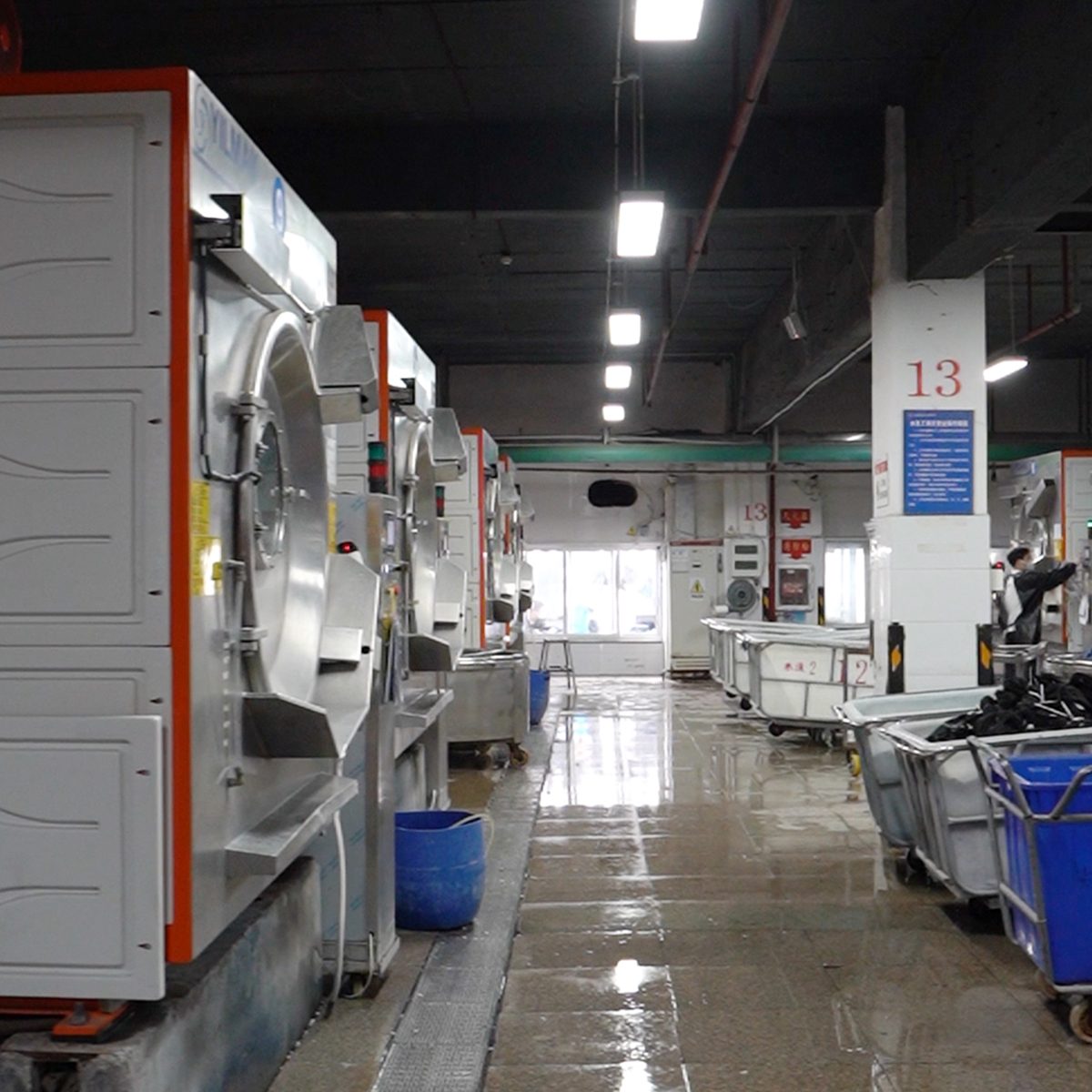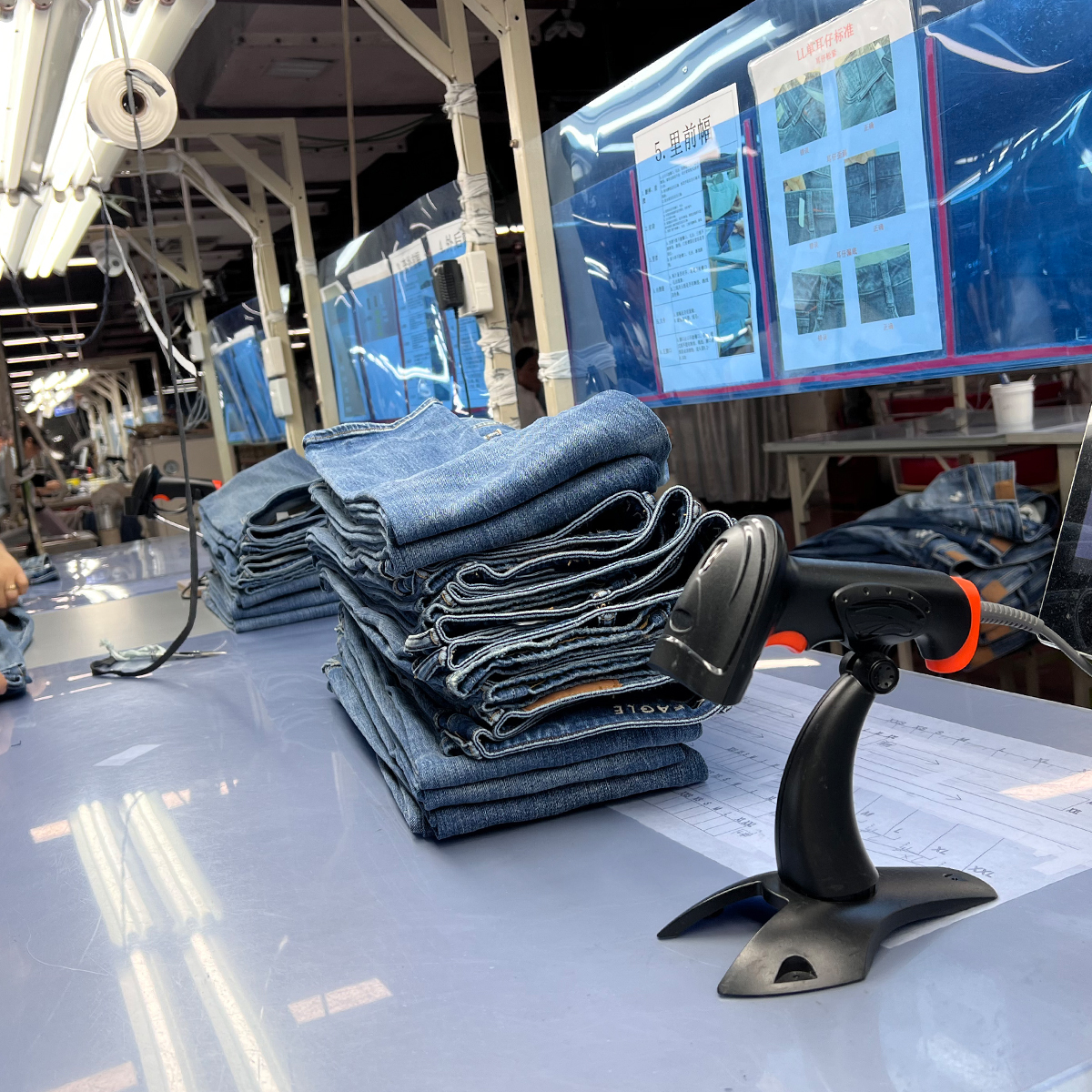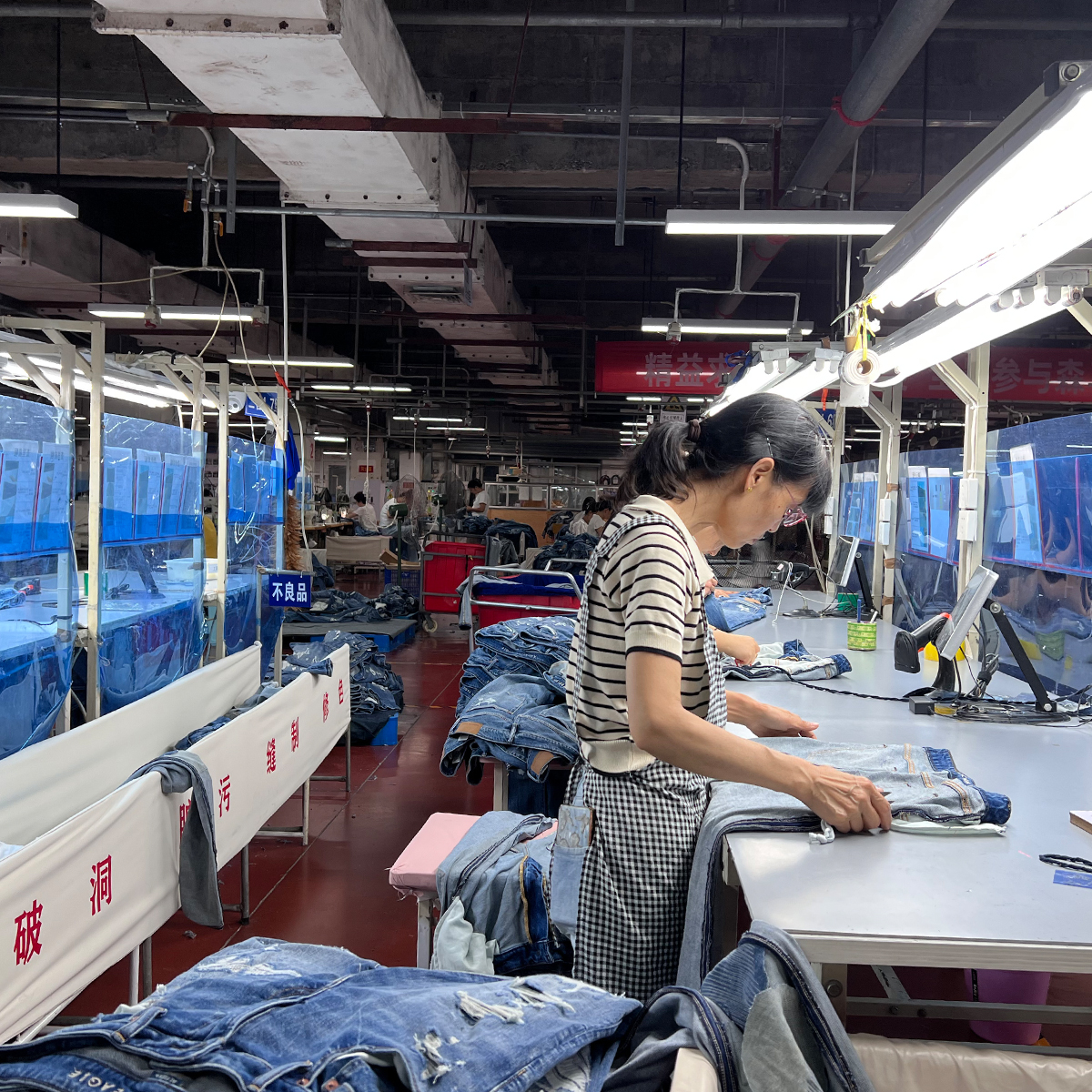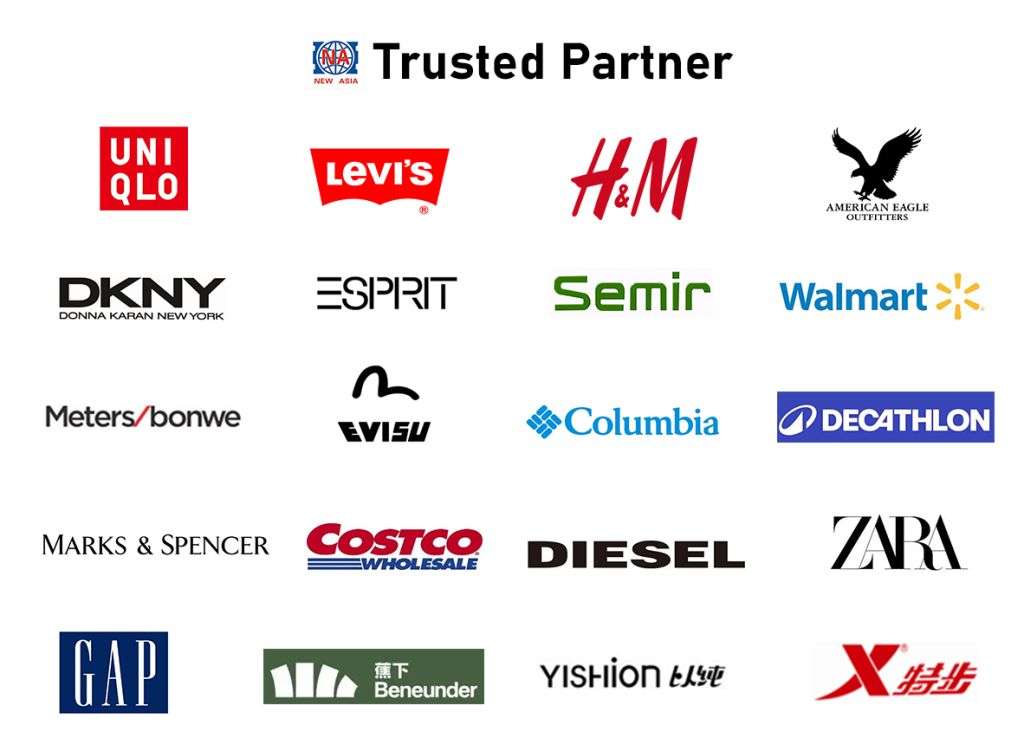Denim jeans have become an indelible part of modern fashion, transcending cultures, age groups, and social classes. From rugged workwear to high-end designer statements, jeans are more than just clothing ¡ª they are a symbol of identity, comfort, and style. Behind every pair of jeans lies a complex web of manufacturing processes, in which jeans tag manufacturers play a crucial yet often overlooked role. These manufacturers are the silent partners in the denim industry, responsible for creating the tags that communicate brand identity, size, care instructions, and authenticity.
In this comprehensive exploration, we’ll journey through the evolution of jeans tags, examine the manufacturing process, and uncover how these small but significant elements influence consumer perception and brand loyalty. Understanding the intricacies of jeans tag manufacturing not only sheds light on a niche segment of the fashion industry but also emphasizes the importance of quality, innovation, and sustainability in today’s textile markets.
The Evolution of Jeans Tags: From Simple Labels to Branding Powerhouses
Initially, jeans tags served purely functional purposes¡ªstating size, material composition, and care instructions. Early Levi’s tags, for example, were basic fabric patches sewn onto the jeans, often with minimal branding. However, as the denim industry grew and competition intensified, manufacturers recognized the potential of tags as branding tools. The transformation from simple labels to intricate, logo-driven tags reflects broader shifts in marketing and consumer engagement.
Today, jeans tags are crafted with precision, featuring detailed logos, unique fabric textures, and even innovative materials like leather, silicone, or biodegradable fibers. The evolution also includes the rise of eco-friendly tags that aim to reduce environmental impact, aligning with global sustainability initiatives. The branding quality of these tags can significantly influence a consumer’s perception¡ªthink of the instantly recognizable Levi¡¯s red tab or the distinctive stitched logos of premium brands like Diesel, True Religion, and G-Star.
The Manufacturing Process of Jeans Tags: From Concept to Creation
Creating a high-quality jeans tag involves several stages, each demanding attention to detail and technical expertise. The process begins with the design phase, where branding teams collaborate with manufacturers to develop concepts that align with brand identity and market trends. Designers choose typography, color schemes, materials, and finishing techniques to craft a visually appealing and durable product.
Once the design is finalized, material selection becomes critical. Manufacturers may opt for woven labels, heat transfer patches, embroidery, or rubberized tags. Each material offers different benefits¡ªwoven labels are durable and can incorporate detailed logos; heat transfer labels provide a seamless look; embroidery adds a tactile dimension; rubberized tags offer flexibility and resilience.
The production phase involves specialized machinery¡ªloomers for woven labels, embroidery machines, heat transfer presses, and die-cutters for rubber or silicone tags. Quality control is a vital part of this process, ensuring the tags are free of defects, legible, and securely attached to garments.
Innovations in Jeans Tag Manufacturing
Advancements in technology have led to innovative solutions in jeans tag manufacturing. Digital printing allows for high-resolution images and complex designs on fabric labels, reducing lead times and costs. Eco-friendly dyeing techniques minimize water and energy consumption, aligning with sustainability goals. Furthermore, some manufacturers now produce reversible or multi-functional tags that incorporate QR codes or NFC chips, offering consumers interactive experiences such as authenticity verification or garment care tips.
Innovations aren¡¯t limited to materials and design; they extend to manufacturing processes as well. Automation has increased production efficiency, ensuring consistency and faster turnaround times. Some manufacturers are adopting eco-conscious practices like biodegradable threads and recycled fabrics for tags¡ªreflecting a broader move toward sustainability.
The Role of Jeans Tag Manufacturers in Brand Identity and Consumer Perception
A sturdy, well-designed tag enhances brand visibility and communicates the essence of the label. For luxury brands, tags serve as symbols of exclusivity¡ªthink embossed leather patches or intricately stitched logos. For mass-market jeans, durability and clarity are essential, conveying trust and value.
Consumers often examine tags closely, assessing quality and authenticity. Counterfeit detection is a significant concern; counterfeit jeans often feature poorly printed or fake tags. Reputable manufacturers incorporate security features like holograms, microtext, or unique perforations to combat imitation.
In addition to branding, tags influence the perceived value of a product. Premium tags suggest higher quality, better materials, and craftsmanship, which can justify higher price points. Conversely, poorly manufactured tags may diminish a brand¡¯s reputation, highlighting the importance of choosing the right partner in manufacturing.
The Global Landscape of Jeans Tag Manufacturers
The denim industry operates on a global scale, with manufacturers located across Asia, Europe, and the Americas. Countries like China, India, Bangladesh, and Vietnam dominate the manufacturing scene owing to cost advantages and established textile industries. European countries tend to specialize in premium, high-quality tags with advanced design capabilities.
Major players such as Avery Dennison, UPM Raflatac, and CCL Industries provide tagging solutions worldwide, offering customized options to brands of all sizes. These companies invest heavily in research and development, striving to develop sustainable, innovative, and cost-efficient solutions tailored to client needs.
The Future of Jeans Tag Manufacturing: Sustainability, Technology, and Consumer Engagement
Looking forward, the future of jeans tag manufacturing is poised for exciting developments. Sustainability will continue to be a central focus, with manufacturers exploring biodegradable materials, waterless printing techniques, and recyclable tags. Digital innovations like embedded NFC chips will enable brands to provide consumers with real-time information, authenticity verification, and interactive storytelling.
Furthermore, customization and personalization will become more prevalent, with manufacturers offering on-demand, bespoke tags that reflect individual preferences or regional trends. The integration of Augmented Reality (AR) with tags can transform a simple label into an interactive gateway, enhancing consumer engagement and brand loyalty.
Conclusion
The world of jeans tags may seem like a small detail, but it encapsulates a broad spectrum of innovation, branding strategy, and manufacturing excellence. As consumer demands evolve and environmental considerations become more pressing, jeans tag manufacturers are at the forefront of sustainable practices and technological advancements. Their work not only supports the aesthetic and functional aspects of denim brands but also plays a vital role in building trust, conveying authenticity, and elevating the overall consumer experience. Whether through intricate embroidery, eco-friendly fabrics, or interactive features, these manufacturers continue to shape the future of denim fashion one tag at a time.



